Lilac Bushes : How to Grow and Care for These Fragrant Blooms
Learn how to grow and care for lilac bushes, renowned for their fragrant blooms. Get tips on planting, pruning and maintaining these beautiful additions to your garden.
Lilac bushes (Syringa spp.) are beloved for their fragrant, colorful blooms that herald the arrival of spring. These hardy, deciduous shrubs have been garden favorites for centuries, offering a perfect blend of beauty and nostalgia. With proper care, lilacs can thrive for decades, providing a stunning display of flowers and a heavenly scent year after year.
Here is a chart with detailed information on Lilac Bushes:
| Category | Information |
|---|---|
| Botanical Name | Syringa vulgaris (Common Lilac) |
| Common Name | Lilac Bush |
| Plant Type | Deciduous Shrub |
| Hardiness Zone | 3-7 |
| Sun Exposure | Full Sun |
| Soil Type | Well-drained, Loamy Soil |
| Watering | Moderate, Prefers Consistent Moisture |
| Growth Habit | Upright, Multi-stemmed |
| Height/Spread | 8-15 feet tall / 6-12 feet wide |
| Flowering Time | Spring (Usually May) |
| Flower Description | Large Clusters of Fragrant, Purple to Lilac-colored Flowers |
| Special Features | Highly Fragrant Flowers, Attracts Pollinators (Bees, Butterflies), Low Maintenance, Good for Hedges or Specimen Planting, Deer Resistant |
Types of Lilac Bushes
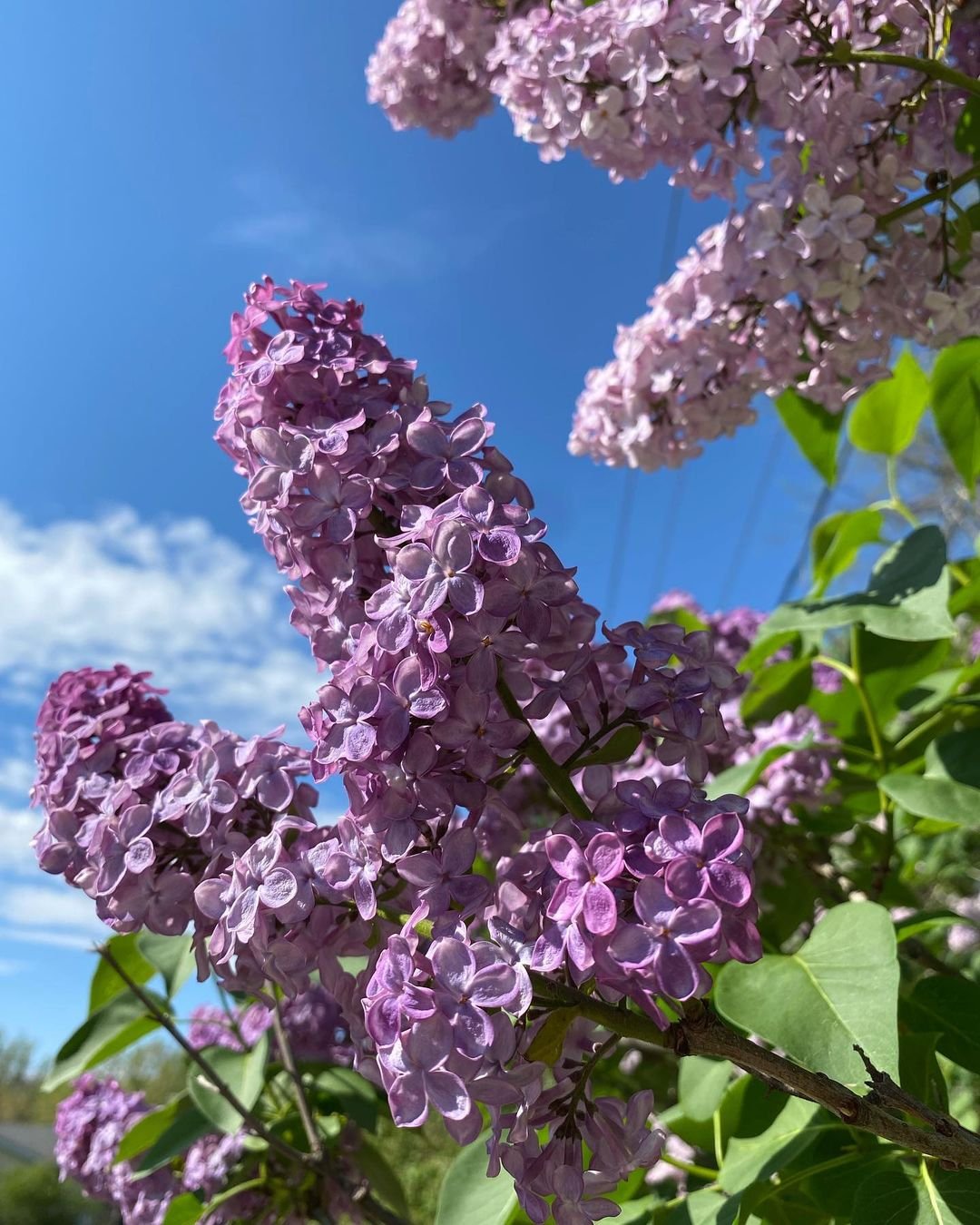
There are many varieties of lilacs, including:
- Common Lilac (Syringa vulgaris)
- French Lilac (Syringa vulgaris hybrids)
- Korean Lilac (Syringa meyeri)
- Japanese Tree Lilac (Syringa reticulata)
- Dwarf Lilac (various compact cultivars)
Each type offers unique characteristics in terms of size, bloom time and flower color.
Growing Lilac Bushes
Ideal Growing Conditions
Sunlight
Lilacs thrive in full sun, requiring at least 6 hours of direct sunlight daily for optimal blooming.
Soil
- Well-draining, slightly alkaline soil (pH 6.5-7.0)
- Rich in organic matter
- Avoid heavy clay or overly sandy soils
Hardiness
Most lilacs are hardy in USDA zones 3-7, with some varieties suitable for zones 2-9.
Planting Lilac Bushes
When to Plant
The best time to plant lilacs is in late fall or early spring when the plants are dormant.
How to Plant
- Choose a sunny location with good air circulation.
- Dig a hole twice the width of the root ball and as deep.
- Place the plant in the hole, ensuring the top of the root ball is level with the soil surface.
- Backfill with soil, water thoroughly, and add a layer of mulch.
- Space plants 5-15 feet apart, depending on the variety.
Caring for Lilac Bushes
Watering
- Water deeply and regularly during the first growing season to establish a strong root system.
- Once established, lilacs are relatively drought-tolerant but benefit from occasional deep watering during dry spells.
Fertilizing
- Apply a balanced, slow-release fertilizer in early spring before new growth begins.
- Avoid over-fertilizing, as this can lead to lush foliage at the expense of blooms.
Pruning
Proper pruning is crucial for maintaining healthy lilac bushes and ensuring abundant blooms:
- Deadhead spent blooms immediately after flowering.
- Remove any dead, damaged, or diseased wood annually.
- Thin out older branches (1/3 of the oldest stems) every 3-5 years to promote air circulation and new growth.
- Prune for shape and size immediately after flowering to avoid removing next year’s buds.
Winter Care
Lilacs are generally winter-hardy, but in extreme cold:
- Add a layer of mulch around the base of the plant.
- Protect young plants with burlap wrapping if necessary.
Common Pests and Diseases
While generally robust, lilacs can sometimes face issues:
- Powdery mildew
- Lilac borer
- Scale insects
- Leaf miners
Regular inspection and prompt treatment can help manage these problems effectively.
Propagating Lilac Bushes
You can propagate lilacs through:
- Softwood cuttings in late spring
- Hardwood cuttings in late winter
- Division of suckers in early spring or fall
- Layering
Using Lilacs in Your Garden
Landscape Applications
- Focal point in gardens
- Privacy screens or hedges
- Foundation plantings
- Mixed borders
Companion Plants
Lilacs pair well with:
Enjoying Lilac Blooms
Cut Flowers
Lilacs make excellent cut flowers. To enjoy them indoors:
- Cut stems early in the morning.
- Remove leaves that will be below the waterline.
- Crush the ends of the stems to improve water uptake.
- Place in cool water and enjoy their fragrance for days.
Fragrance in the Garden
Plant lilacs near windows, patios or walkways to fully appreciate their sweet scent.
Benefits of Lilac Bushes
- Fragrant blooms
- Attract pollinators like butterflies and bees
- Long-lived plants
- Low-maintenance once established
- Variety of sizes and colors available
Lilac bushes are a timeless addition to any garden, offering stunning beauty and intoxicating fragrance. With proper care, including adequate sunlight, well-draining soil, and regular pruning, these hardy shrubs can thrive for generations. Whether you’re looking to create a fragrant hedge, a striking focal point or simply want to enjoy their sweet scent each spring, lilacs are an excellent choice for gardeners of all levels.
By following these care tips and embracing the joy of nurturing these beautiful plants, you’ll be rewarded with a spectacular display of fragrant blooms that will enchant your garden for years to come. Happy gardening!

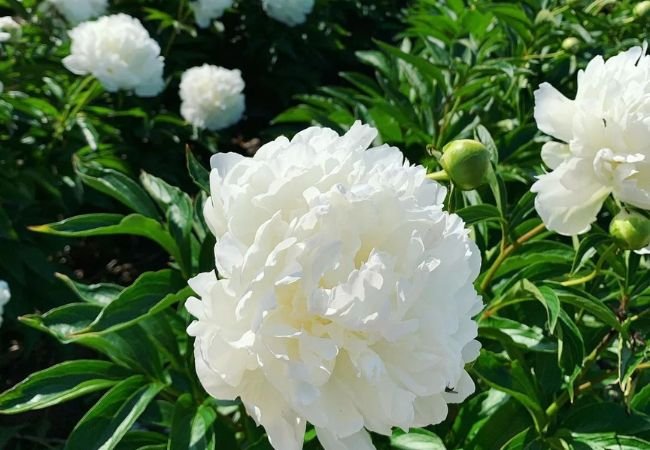
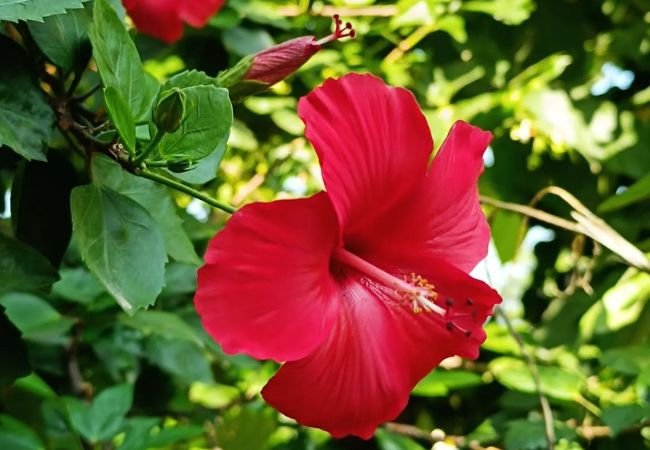
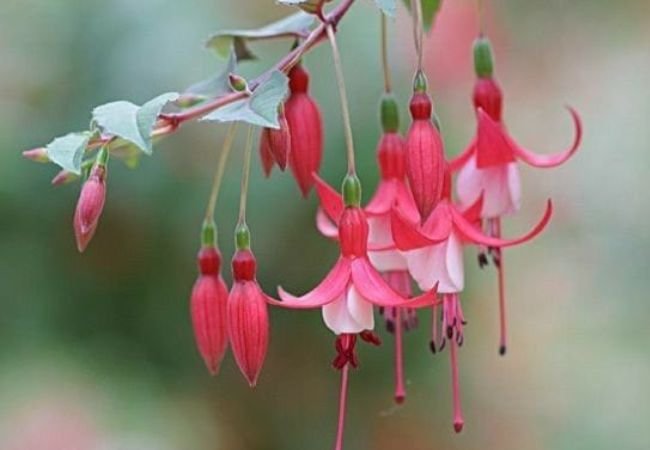
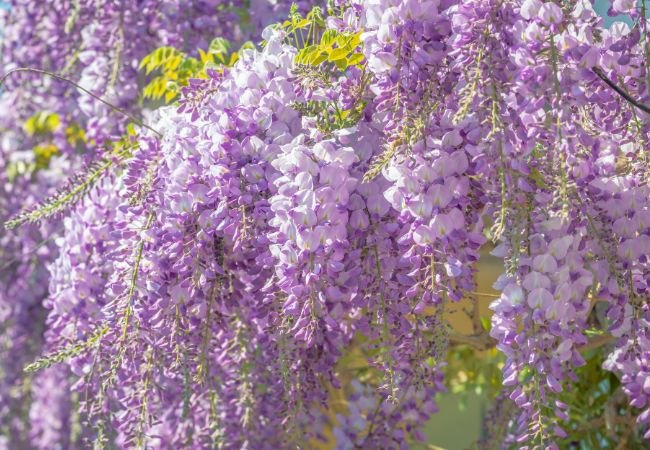
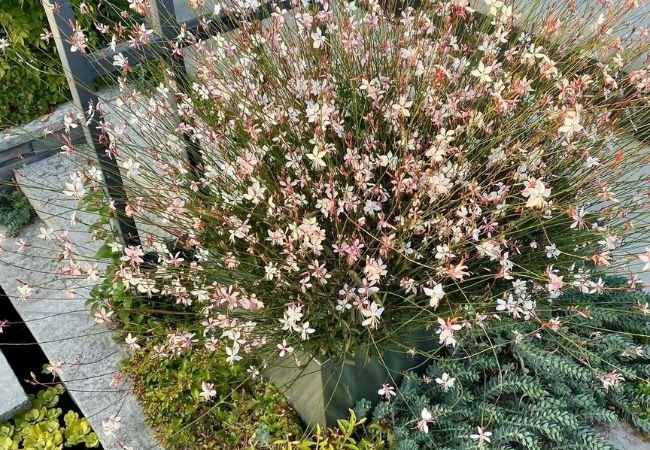
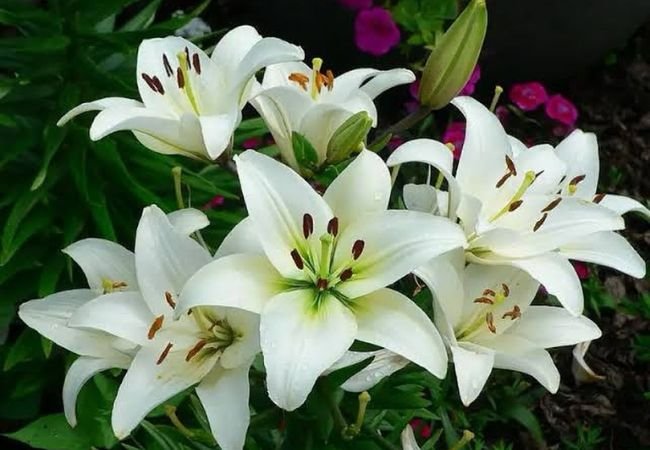
2 Comments